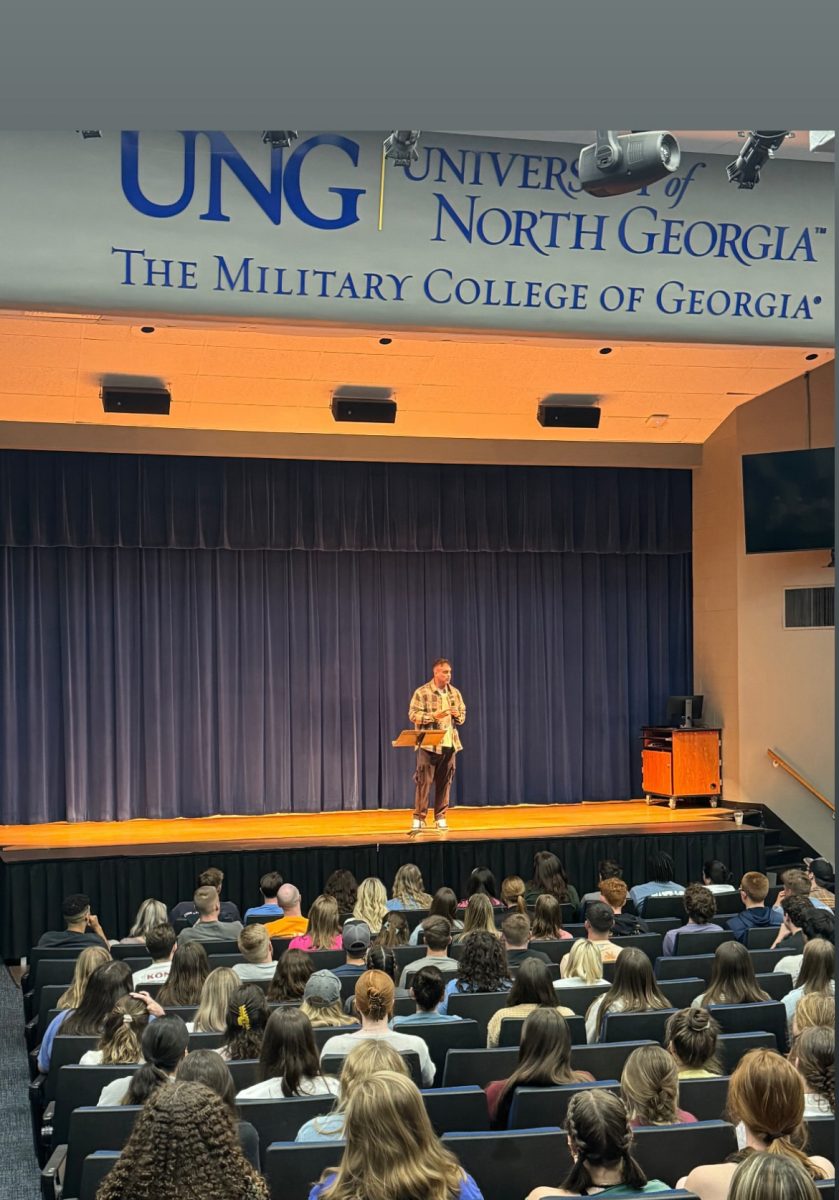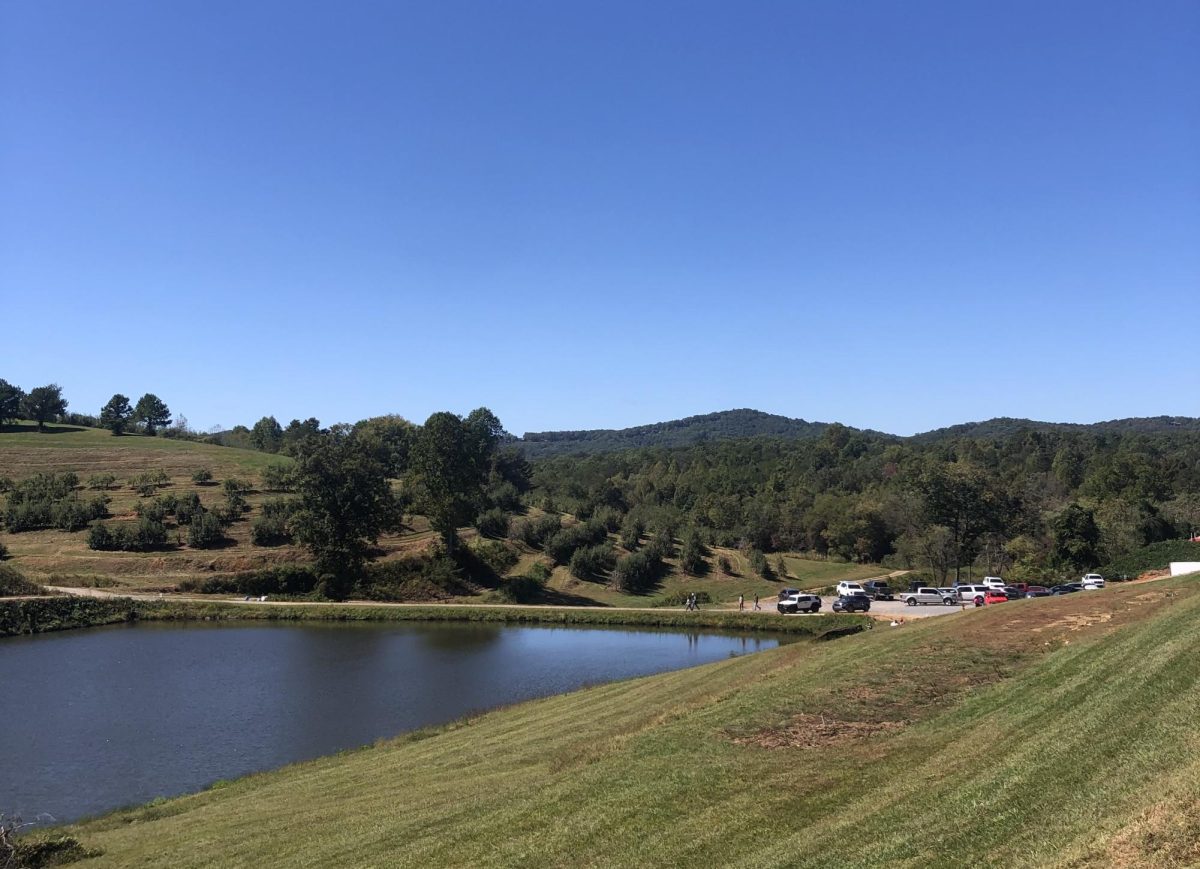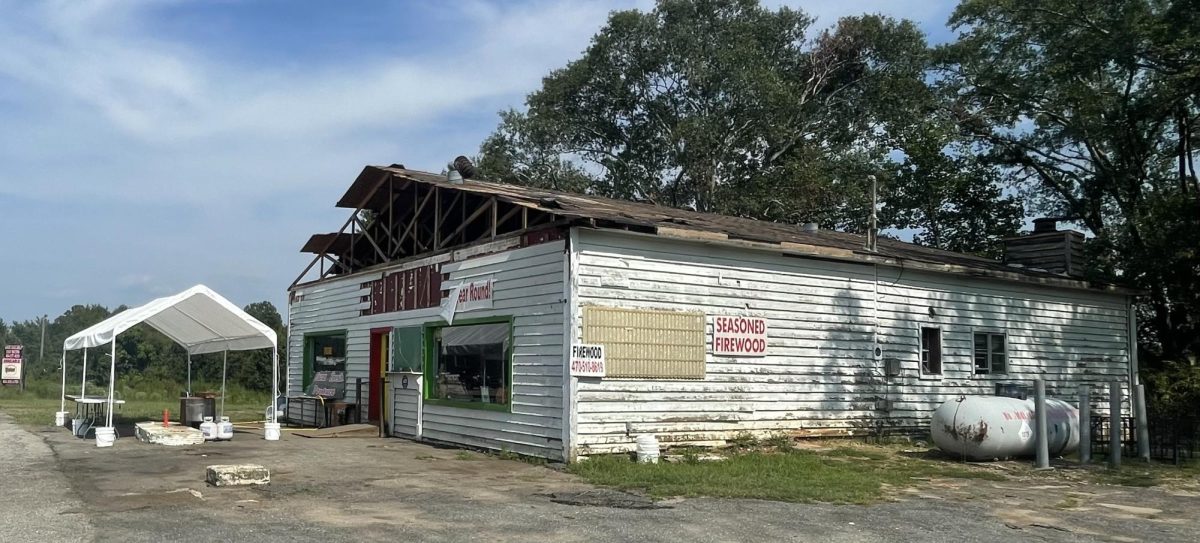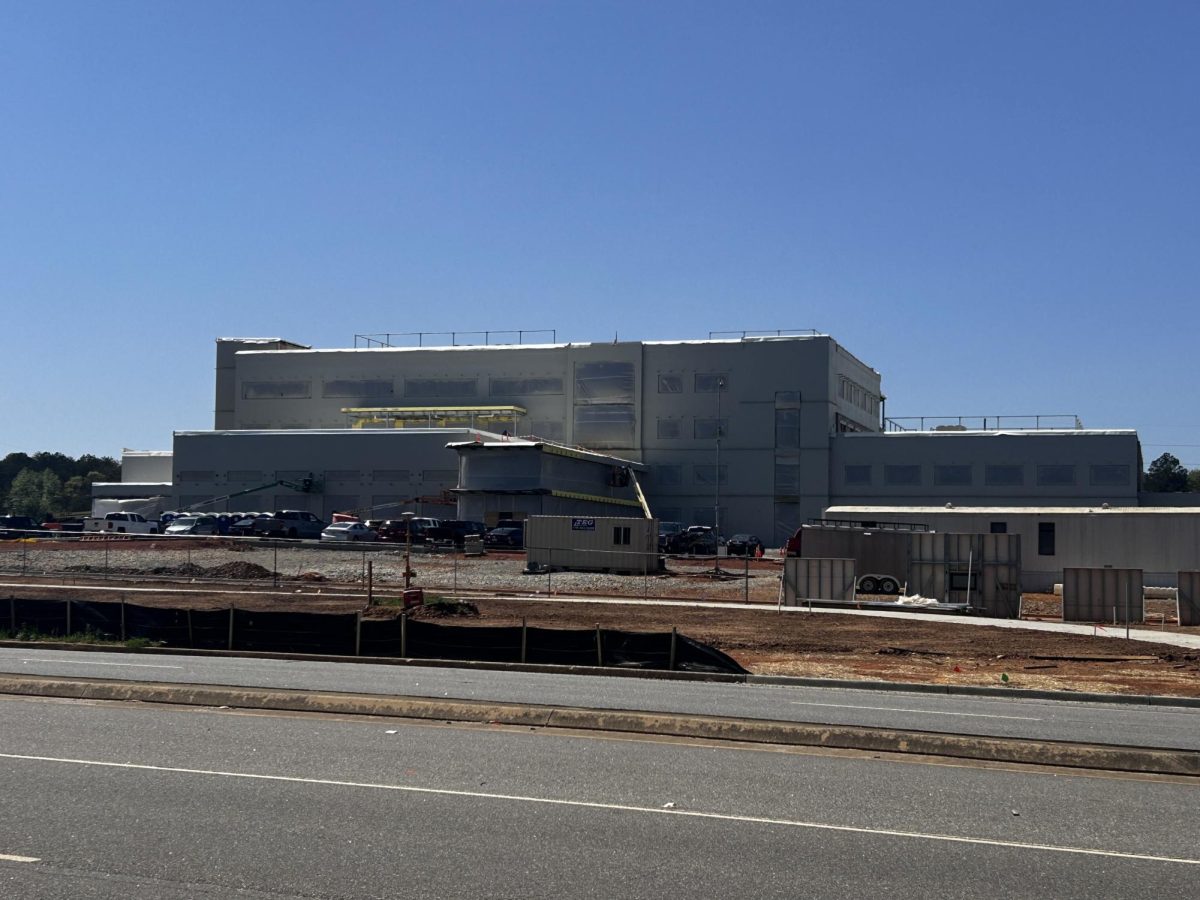On July 20, at around 5 p.m., people all over the city of Cumming, Georgia were getting ready to clock out of their jobs and head home. It had been a hot, humid yet calm afternoon. All that would change within moments.
At 5:30 p.m., a strong line of storms that had already rolled through northwest Georgia headed toward city limits. When it arrived, it blew in with a vengeance.
The severe weather would be responsible for pulling down trees and power lines throughout northern Forsyth County. Jalen Gardener, a Youth Pastor at the local Canvas Christian Church, was in his basement apartment when he witnessed a large tree fall in his landlord’s yard.
“I was at my computer recording a podcast,” Gardener explained, “the one that I saw fall luckily didn’t hit the house, but it did damage three portions of the fence.”
The storm was responsible for knocking out power throughout the area. Blake House, Vice President of Member Services for Sawnee EMC, said the company saw over 50,000 outages at the height of the storm.
Tato Cristech, owner of the locally favored Pueblos Authentic Mexican Cuisine, saw his restaurant greatly affected by the lack of electricity. According to Cristech, the restaurant had to close at 6:30 p.m., rather than its usual closing time of 9:30 p.m., and could not re-open until 4:00 p.m. the next day.
The loss of power also irritated restaurant employees. Server Javier Hernandez had to miss paid time due to power outages in the area.
“There wasn’t any damage up at my house,” Hernandez said, “the only problem I had was shorter work the next day.”
Work hours would not be the only thing lost because of the severe weather.
“It also affected the freezer,” Cristech said, “because of the power outage, we had to throw food away.”
The restaurant lost 20 pounds of shrimp and calamari.
Experts agree that while no single weather event can be attributed to climate change, the pattern of more powerful and frequent extreme weather events can.
“I remember that storm because it was severe and damaging,” explained Dr. Jamie Mitchem, Professor of Geography/GIS at the University of North Georgia on the Gainesville campus. “Our WeatherSTEM station on campus recorded a wind gust well over 60 mph before power was lost temporarily.”
Mitchem asserted that although he does not see the storm as an effect of climate change, the temperature rise can easily account for it.
“While this individual storm was likely not directly related to climate change, it is clear that global temperatures are increasing, ice cover is shrinking, and thus sea level is rising.”-Dr. Jamie Mitchem, Ph.D. Professor of Geography/GIS.
While this weather system formed, the North Georgia area saw a vicious heat wave. According to Weather Underground, the Atlanta metro saw temperatures as hot as 95 degrees Fahrenheit.
Dr. Daniel Gilford, Climate Scientist for Climate Central, said that with the high temperatures, “we can clarify the temperature is made worse from man-made pollution.” He said that there was greater energy present for storms to form because of the worsened temperatures.
“It’s like a blanket. It traps the heat and contains the energy in the environment,” Gilford said. “If you wrap your body in a blanket, it will get hotter. The same can be said for the Earth.”
The heat plays a factor in multiple other weather events in that time frame. According to NOAA, the north Georgia region saw a second round of storms on July 21.
“What we can say about global warming and climate change is that it’s a long-term change,” Dr. John O’Sullivan, a professor at UNG’s Institute of Environmental and Spatial Systems said. “Individual events don’t mean anything. The question is, is there a new trend?”
Mitchem said that while the storms from that period might not represent climate change, the corresponding heat can. He explained that the storms from the period formed “on the edge of a heat dome over the central U.S. that brought repeated rounds of storms across our region.”
Gilford said climate change is a gradual process that will take time. Unless carbon pollution decreases, he said with certainty that the weather will worsen.
“I would say that while individual storms may be hard to tell whether they formed from climate change, we can say we expect the conditions to get worse for them unless we curb our carbon pollution,” Gilford said.






























